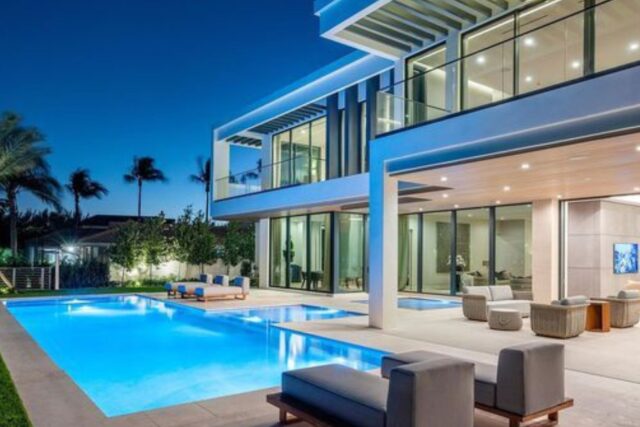
With its strong economic growth, the UAE’s property market has become more appealing than ever to investors and buyers.
Buying a property is often one of the most important decisions any individual can make, requiring extensive planning and good consideration to ensure that all needs are met.
Do your research and define your criteria
Make sure to know what type of property you are looking for and the specific criteria. Whether it’s an apartment, townhouse or standalone villa, it is essential to have a clear idea of realistic property prices and the factors that contribute to these prices, such as location, view, amenities, and the type of community the property is in.
Find the right agent
Working with the right agent is crucial when searching for a new property. You need someone who understands exactly what you want and who will be able to effectively guide you through the process. That person should be fully committed to assisting you in achieving your goals, and it goes without saying that they should be fully licensed and have a proven track record for success.
Leasehold vs freehold
The difference in rules for freehold and leasehold purchases are significant. Freehold is often the most appealing choice, given the absolute ownership it grants. To avoid complications and potential disappointment, ensure that you decide which option is best suited for your needs ahead of time, and ensure that your agent is aware of your preference.
Legal matters
You might be surprised to learn that being a UAE resident is not a pre-requisite for purchasing a property in a Dubai freehold area. As defined by the Government of Dubai, anyone, regardless of their nationality and location, can buy real estate in a freehold location.
Timeline and schedules
In Dubai, an average property transaction takes around 30 days to complete from the day the Agreement for Sale is signed. That said, different variables can affect these timelines, from the time of year to the type of buyer.
For example, a full cash-to-cash transaction will go through faster than a mortgage-buyer to mortgage-seller transaction. With that in mind, give yourself a schedule that affords a little wiggle room.
Protocol and procedures – a step-by-step guide
- Once the buyer and seller agree on terms, they will need to sign an Agreement for Sale and/or Memorandum of Understanding (MOU). At this point a deposit, usually 10 percent, is also required as proof of commitment.
- The seller must then settle any outstanding fees to the developer, such as service charges, and apply for a No Objection Certificate (NOC) from the developer, granting the right to sell the property against a one-time fee.
- If the buyer is purchasing with a mortgage, then the lender bank will be involved in this process. If the seller has a mortgage on the property, the buyer is required to settle the seller’s mortgage in full prior to the NOC application.
- Once the NOC has been issued, ownership can officially be transferred. This takes place at the Dubai Land Department (DLD) offices, with both parties in attendance. The purchase payment must be made with a manager’s cheque made payable to the seller on the transfer date. Following completion of these formalities, a new title deed will be issued in the name of the buyer.
The importance of doing a thorough document check
In order to stick to your timeline, make sure to have the right documents at hand. The following documents are essential for a smooth transaction:
- Buyer and seller IDs
- Property title deed
- NOC from developer
- Seller service charge clearance letter
- Bank offer letter to buyer (in the case of a mortgage buyer)
- Proof of mortgage settlement
- Final bills: DEWA, A/C etc





Leave a Reply